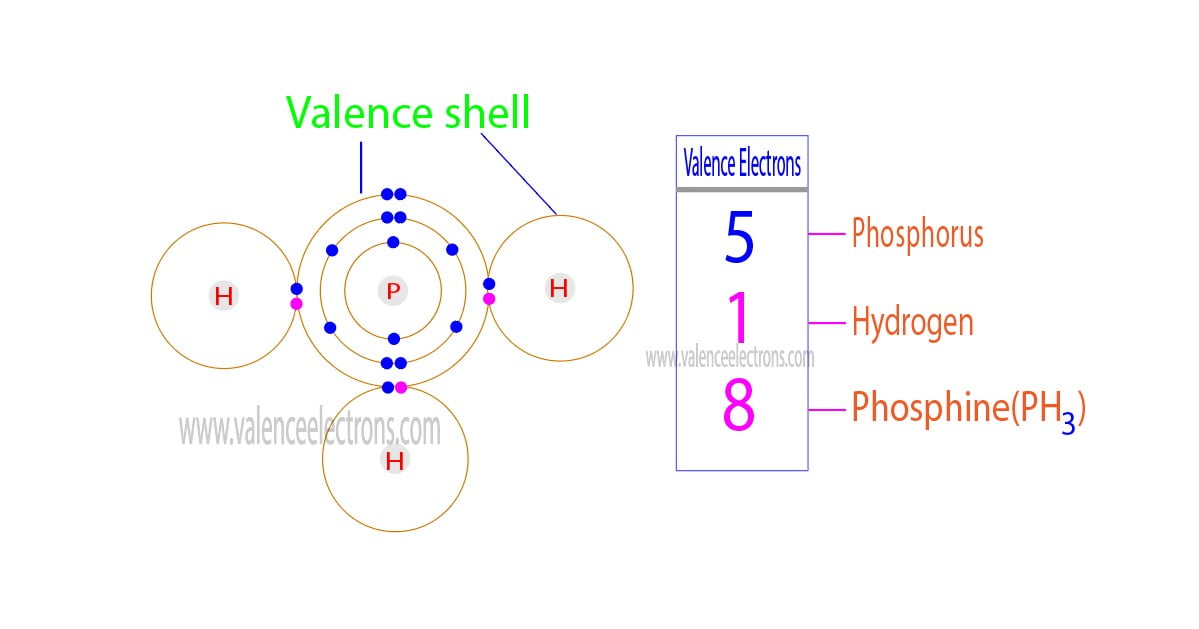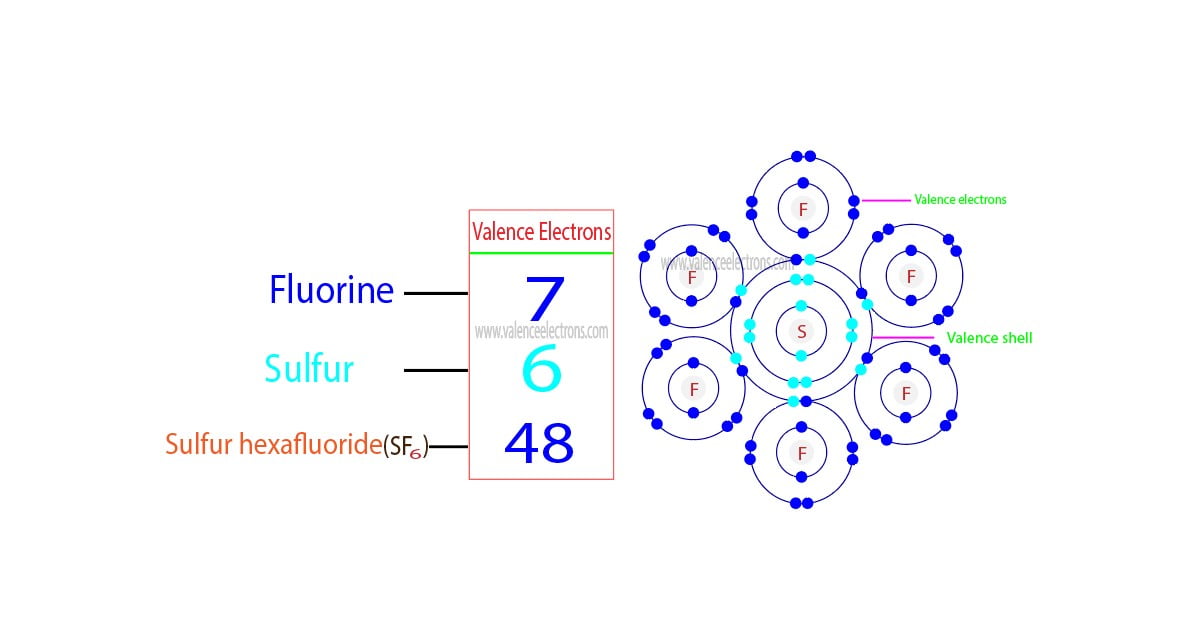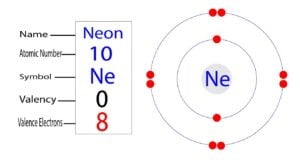How to Find the Valence Electrons for Silicon (Si)?
The 14th element of the periodic table is silicon. Silicon is a semiconductor material and, its symbol is ‘Si’. Silicon participates in the formation of bonds through its valence electrons.
What are the valence electrons of silicon?
The second element of group-14 is silicon, which is a semiconductor material. Silicon materials are used in various electronic devices. Silicon has to be doped for use in electronic devices.
During doping, an electron is attached to or removed from the valence electron of silicon. The valence electron is the total number of electrons in the last orbit(shell).

The total number of electrons in the last shell after the electron configuration of silicon is called the valence electrons of silicon. The valence electrons determine the properties of the element and participate in the formation of bonds.
How do you calculate the number of valence electrons in a silicon atom?
The valence electron has to be determined by following a few steps. The electron configuration is one of them. It is not possible to determine the valence electron without electron configuration.
Knowing the electron configuration in the right way, it is very easy to determine the valence electrons of all the elements.
However, valence electrons can be easily identified by arranging electrons according to the Bohr principle. Now we will learn how to determine the valence electron of silicon(Si).
Step-1: Determining the total number of electrons in silicon
1st we need to know the total number of electrons in the silicon atom. To know the number of electrons, you need to know the number of protons in silicon.
And to know the number of protons, you need to know the atomic number of the silicon element. To know the atomic number we need to take the help of a periodic table.

It is necessary to know the atomic number of silicon(Si) elements from the periodic table. The atomic number is the number of protons. And electrons equal to protons are located outside the nucleus.
That is, we can finally say that there are electrons equal to the atomic number in the silicon atom.
From the periodic table, we see that the atomic number of silicon is 14. That is, a silicon atom has a total of fourteen electrons.
Step-2: Need to do electron configuration of silicon
Step-2 is very important. In this step, the electrons of silicon have to be arranged. We know that silicon atoms have a total of fourteen electrons.
The electron configuration of the silicon shows that there are two electrons in the K shell, eight in the L shell, and four in the M shell.

That is, the first shell of silicon has two electrons, the second shell has eight electrons and the 3rd shell has four electrons.
Step-3: Determine the valence shell and calculate the total electrons
The third step is to diagnose the valence shell. The last shell after the electron configuration is called the valence shell. The total number of electrons in a valence shell is called a valence electron.
The electron configuration of silicon shows that the last shell of silicon has four electrons. Therefore, the valence electrons of silicon are four.
Video for How to find the Valence Electrons for Silicon (Si)
What is the valency of silicon?
The ability of one atom of an element to join another atom during the formation of a molecule is called valency(valence). The number of unpaired electrons in the last orbit of an element is the valency of that element.
As we know, ground state electron configuration of silicon is 1s2 2s2 2p6 3s2 3p2. Valency is determined from the electron configuration of the element in the excited state.

The electron configuration of silicon in excited state is Si*(14) = 1s2 2s2 2p6 3s1 3px1 3py1 3pz1.
Here, this electron configuration shows that the last shell of the silicon atom has four unpaired electrons(3s1 3px1 3py1 3pz1). So the valency of silicon is 4.
How many valence electrons does silicon ion have?
After the electron configuration, the last shell(orbit) of the silicon atom has four electrons. In this case, the valency and valence electrons of silicon are 4.
Elements that have four electrons in their last orbit cannot receive or reject electrons to complete their octave. These elements have to share electrons with other elements to complete the octave.
As silicon has four electrons in its last orbit, silicon completes the octave by sharing four more electrons with another element. As silicon has four electrons in its last orbit, silicon completes the octave by sharing four more electrons with another element.
As a result, silicon fills its octave and comes to a stable state. We see that silicon acquires the electron configuration of the inert gas argon. From the above discussion, we can say that the valence electrons of silicon ions are eight.
Compound formation of silicon
Silicon(Si) participates in the formation of bonds through its valence electrons. This valence electron participates in the formation of bonds with atoms of other elements. Silicon atoms form bonds by sharing electrons with oxygen atoms.
The electron configuration of oxygen shows that the valence electrons of oxygen are six. Two oxygen atoms and one silicon atom make silicon dioxide(SiO2) compounds by sharing electrons.
As a result, the silicon atom completes its octave and acquires the electron configuration of the argon. On the other hand, oxygen acquires the electron configuration of neon.
Therefore, a silicon atom shares electrons with two oxygen atoms to form the silicon dioxide(SiO2) compound through a covalent bond. Silicon dioxide(SiO2) is a covalent bond.







